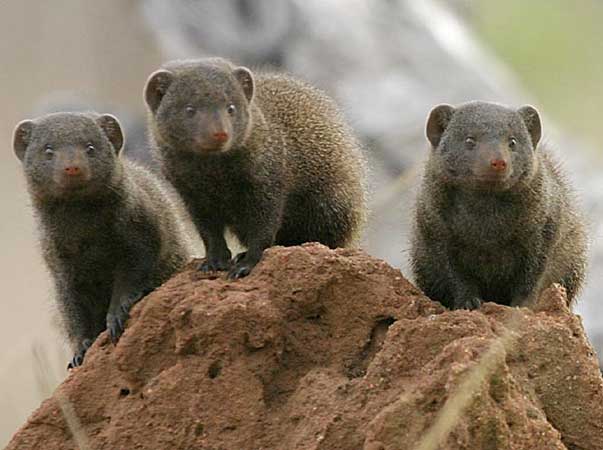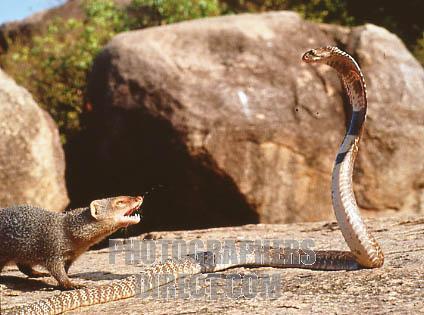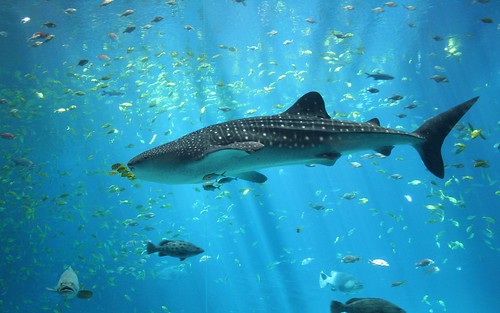 The whale shark, Rhincodon typus, is a slow-moving filter feeding shark, the largest living fish species. The largest confirmed individual had a length of 12.65 metres (41.50 ft) and a weight of more than 21.5 tonnes (47,000 lb), but unconfirmed claims report considerably larger whale sharks. This distinctively-marked fish is the only member of its genus Rhincodon and its family, Rhincodontidae (called Rhinodontes before 1984), which belongs to the subclass Elasmobranchii in the class Chondrichthyes. The shark is found in tropical and warm oceans, lives in the open sea with a lifespan of about 70 years.The species originated about 60 million years ago. Although whale sharks have very large mouths, they feed mainly, though not exclusively, on plankton, microscopic plants and animals. However, the BBC program Planet Earth filmed a whale shark feeding on a school of small fish.
The whale shark, Rhincodon typus, is a slow-moving filter feeding shark, the largest living fish species. The largest confirmed individual had a length of 12.65 metres (41.50 ft) and a weight of more than 21.5 tonnes (47,000 lb), but unconfirmed claims report considerably larger whale sharks. This distinctively-marked fish is the only member of its genus Rhincodon and its family, Rhincodontidae (called Rhinodontes before 1984), which belongs to the subclass Elasmobranchii in the class Chondrichthyes. The shark is found in tropical and warm oceans, lives in the open sea with a lifespan of about 70 years.The species originated about 60 million years ago. Although whale sharks have very large mouths, they feed mainly, though not exclusively, on plankton, microscopic plants and animals. However, the BBC program Planet Earth filmed a whale shark feeding on a school of small fish.The species was distinguished in April 1828, following the harpooning of a 4.6 metres (15.1 ft) specimen in Table Bay, South Africa.Andrew Smith, a military doctor associated with British troops stationed in Cape Town described it the following year. He published a more detailed description in 1849. The name "whale shark" comes from the fish's physiology; as large as a whale, it too is a filter feeder.As a filter feeder it has a capacious mouth which can be up to 1.5 metres (4.9 ft) wide and can contain between 300 and 350 rows of tiny teeth.It has five large pairs of gills. Two small eyes are located towards the front of the shark's wide, flat head. The body is mostly grey with a white belly; three prominent ridges run along each side of the animal and the skin is marked with a "checkerboard" of pale yellow spots and stripes. These spots are unique to each individual and are useful for counting populations. Its skin can be up to 10 centimeters(3.9 in) thick. The shark has a pair each of dorsal fins and pectoral fins. Juveniles' tails have a larger upper than lower fin while the adult tail becomes semi-lunate (crescent-shaped). Spiracles are just behind the eyes.The whale shark is not an efficient swimmer since it uses its entire body, unusual for fish, to attain an average speed of around 5 kilometres per hour (3.1 mph). The whale shark is largest animal in the world outside of the large cetaceans. The average size of adult whale sharks is estimated at 9.7 metres (31.82 ft) and 9 tonnes (20,000 lb). The largest verified specimen was caught on November 11, 1947, near Baba Island, in Karachi, Pakistan. It was 12.65 metres (41.50 ft) long, weighed more than 21.5 tonnes (47,000 lb), and had a girth of 7 metres (23.0 ft). Stories exist of vastly larger specimens — quoted lengths of 18 metres (59 ft) are not uncommon in the popular shark literature — but no scientific records support their existence. In 1868 the Irish natural scientist Edward Perceval Wright obtained several small whale shark specimens in the Seychelles, but claimed to have observed specimens in excess of 15 metres (49.2 ft), and tells of reports of specimens surpassing 21 metres (68.9 ft).
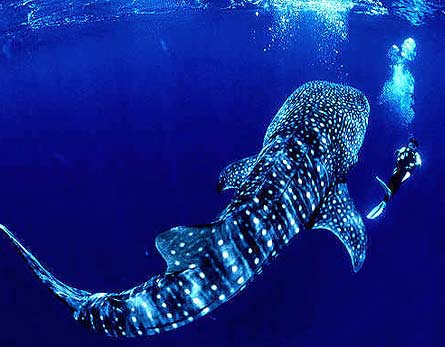 |
| WHALE SHARK BEHAVING TOWARDS DIVERS! |
The whale shark is a filter feeder — one of only three known filter feeding shark species (along with the basking shark and the megamouth shark). It feeds on macro-algae, plankton, krill, Christmas Island red crab larvae, and small nektonic life such as small squid or vertebrates. It also feeds on small fish.The many rows of teeth play no role in feeding; in fact, they are reduced in size in the whale shark. Instead, the shark sucks in a mouthful of water, closes its mouth and expels the water through its gills. During the slight delay between closing the mouth and opening the gill flaps, plankton is trapped against the dermal denticles which line its gill plates and pharynx. This fine sieve-like apparatus, which is a unique modification of the gill rakers, prevents the passage of anything but fluid out through the gills, trapping anything above 2 to 3 millimetres (0.079 to 0.12 in) in diameter. Material caught in the filter between the gill bars is swallowed. Whale sharks have been observed "coughing" and it is presumed that this is a method of clearing a build up of food particles in the gill rakers. Whale sharks migrate to feed and possibly to breed.Despite its size, the whale shark does not pose significant danger to humans. Although massive, whale sharks are docile fish and sometimes allow swimmers to hitch a ride. Whale sharks are actually quite gentle and can play with divers. Divers and snorkellers can swim with this giant fish without risk, apart from unintentional blows from the shark’s large tail fin.In July 2011, several sources reported, with photos, an incident of a diver who, allegedly, was nearly sucked into the mouth of a whale shark (but escaped unharmed) off the coast of Isla Mujeres, Mexico.The capture of a female in July 1996 which was pregnant with 300 pups indicates that whale sharks are ovoviviparous.The eggs remain in the body and the females give birth to live young which are 40 to 60 centimeters (16 to 24 in) long. It is believed that they reach sexual maturity at around 30 years and the life span is an estimated 70 to 100 years.
 |
| WHALE SHARK NEWBORN. |
On March 7, 2009, marine scientists in the Philippines discovered what is believed to be the smallest living specimen of the whale shark. The young shark, measuring only 38 centimetres (15 in), was found with its tail tied to a stake at a beach in Pilar, Philippines, and was released into the wild. Based on this discovery some scientists no longer believe that this area is just a feeding ground; it may also be that this site is a birthing ground as well.




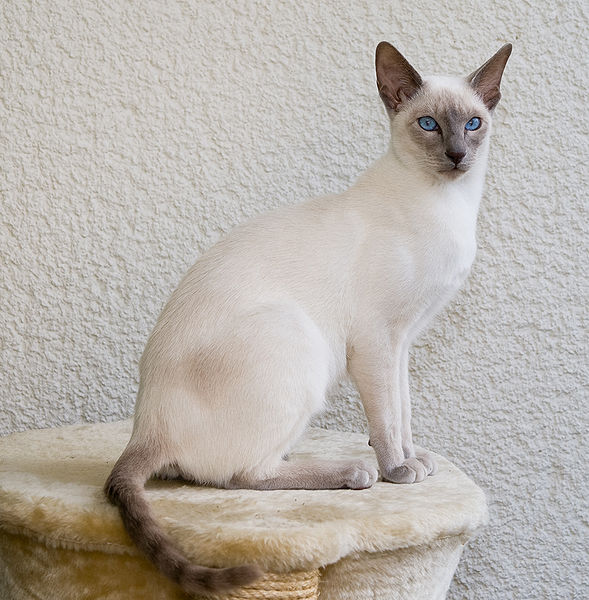










 . Mongooses also have receptors for acetylcholine that, like the receptors in snakes, are shaped so that it is impossible for snake neurotoxin venom to attach to them. Researchers are investigating whether similar mechanisms protect the mongoose from hemotoxic snake
. Mongooses also have receptors for acetylcholine that, like the receptors in snakes, are shaped so that it is impossible for snake neurotoxin venom to attach to them. Researchers are investigating whether similar mechanisms protect the mongoose from hemotoxic snake 